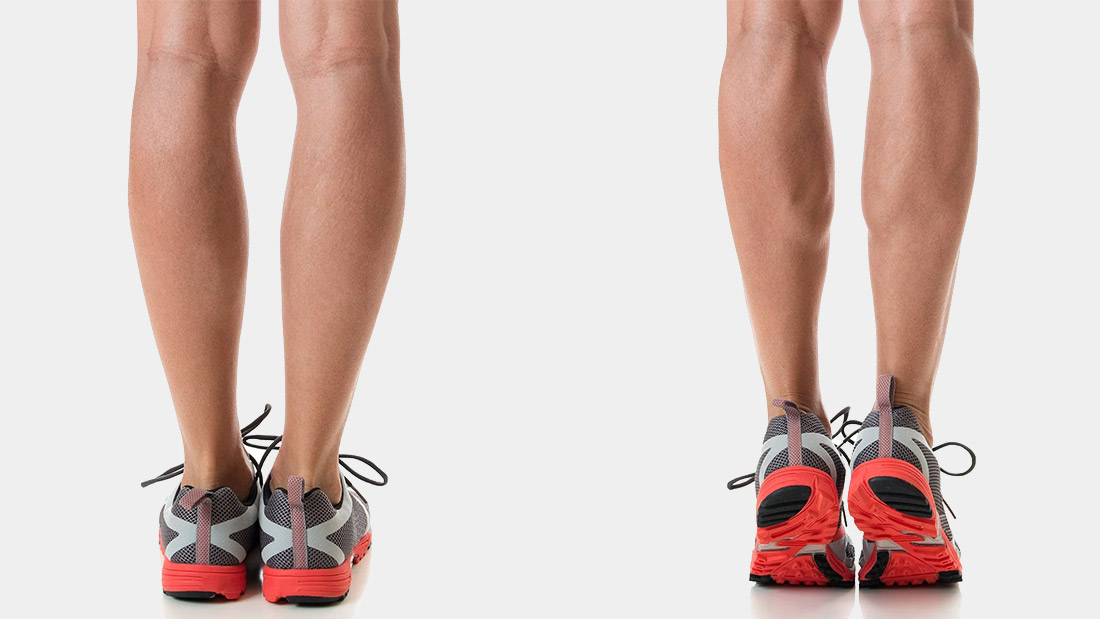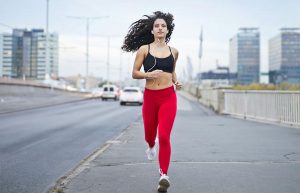Climbing Kilimanjaro is much easier if you are in shape. But how fit do you need to be to make your Kilimanjaro climb enjoyable versus torture? In this article, we are going to give our recommendations for the five best exercises to train for Kilimanjaro to get you in great shape to climb Kilimanjaro.
Box Squat
Let’s start with the Box Squat. The Box Squat is a variation of the squat, only it is much safer to do to avoid injury. How does that work? Look at the picture below to get a better understanding.
You’ll start from a seated position on a box, bench, or chair. Then you stand up with the barbell on your shoulders. The reason it is safer is that it doesn’t allow you to go too far as you go back down to the seated position. This protects your knees.
It also brings attention to issues you may be having with a regular squat since you pause on the way down. It is a great way to improve your form before moving on to a squat.
The box squat targets the glutes. However, the hamstrings, quadriceps, and front shin muscles are also working to perform the movement.
Furthermore, your core muscles in your abdomen and back extensors are stabilizing your trunk during the movement.
Lunges
The lunge is a popular leg-strengthening exercise with a multitude of variations to add variety to your workout. Also, varying your technique allows you to emphasize different muscles or parts of those muscles.
In a lunge, many muscles work to both mobilize and stabilize the body. These lower body muscles are the quadriceps, glutes, and hamstrings.
The most basic version of a lunge is the forward lunge. It involves stepping forward, lowering your body toward the ground, and returning to the starting position. It’s the version most people will refer to when they say they’re “doing lunges.”
Glute Bridge and Leg Lift
Basic glute bridges involve raising your butt and hips a few inches off the floor while your shoulders stay grounded. Some variations will have your heels raised, others involve lifting your entire leg off of the floor at 45 degrees.
The bridge and the box squat incorporate both hip and knee extension so they use the same set of muscles. They are the gluteus maximus and quadriceps. But the main muscle used in the bridge is the gluteus maximus muscle, the largest one in the buttocks.
The key is to reach full extension (creating a diagonal line from your shoulders to your knees, see picture). It is important to nail down proper form before adding variations with weight, bands or an exercise ball.
Calf Raises
The calf raise is a bodyweight exercise that targets the muscle groups in your lower legs. Perform calf raises by standing tall with your feet hip-width apart. Lift your body by pushing into the fronts of your feet, activating your calf muscles as you stand on your tiptoes. Return to a regular stance and repeat the movement pattern.
Although calf raise exercises require no equipment, you can make it more challenging by holding a kettlebell or a pair of dumbbells during the exercise. There are also several machines at the gym that target the calf muscle.
Hiking
The number one way to get in better hiking shape for Kilimanjaro is to hike. Professional athletes train for their specific sport to get better at it, so why shouldn’t you? If hiking is what you’ll be doing for 6-9 days, then get out and hike. Get into the mountains, get lots of elevation and if possible at high elevation. Above 10,000 feet. The better your tolerance to elevation is before you go to Kilimanjaro the better.
Final Thoughts
Obviously, there are other forms of training or exercise that can help your Kilimanjaro climb. Take for instance box jumps. They are a much higher impact form of exercise. Make sure you do not overdo it and injure yourself before you go. Start small and build up to the harder exercises as the dates for your trip approach.
Getting out and hiking at high elevation is also not something everyone has access to. If this applies to you, then go to the gym, get on a StairMaster or climb stairs. Follow this link for our recommended workout: https://kilimanjarosunrise.com/how-to-prepare/#train. As you see gains, add a backpack and add weight as it gets easier.
Whatever way you choose to exercise, do it with purpose. The better shape you are in, the more enjoyment you will have. You don’t want to suffer every day on what can be a life changing adventure. The more fit you are the better your chances are of successfully reaching the summit of Mount Kilimanjaro.








